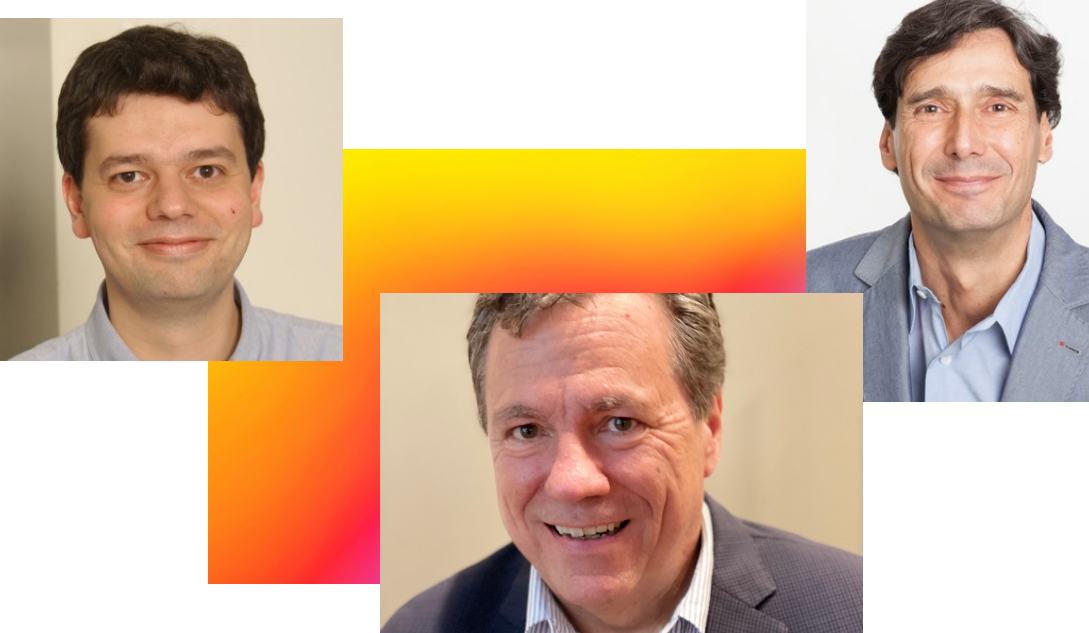T-SMAC
(Targeting Senescence Mechanisms to Arrest Cancer)

The Challenge
Senescence
Improving the mechanistic understanding and detection of senescence to realise its potential in cancer treatment.
Team Leads
Scott Lowe Memorial Sloan Kettering Cancer Center, US Manuel Serrano Institute for Research in Biomedicine, Spain Jesus Gil Imperial College London, UK
Countries involved
US, UK, Spain, Germany
The Idea
Proof-of-principle studies suggest modulating senescence could improve treatments for people with cancer – but a number of barriers hinder translation to the clinic.
The T-SMAC team aims to fill critical gaps in our understanding by addressing 3 interlinked pillars of senescence research: its mechanisms, its detection and its modulation, using existing and novel therapies that would be tested clinically. The team is particularly interested in the potential of a ‘one-two punch’ strategy, combining agents that induce senescence with those that eliminate senescent cells.
This diverse team unites world-leaders with rising stars in their respective fields, with complementary expertise ranging from senescence biology and imaging to drug development and clinical trials. By bringing fresh perspectives to the challenge, their sophisticated approach could realise the true potential of senescence – not just for people with cancer, but for associated diseases like arthritis and neurodegeneration, too.
“We genuinely believe that, by working together, we will achieve something that would not be accomplished by any of us individually. We’re honoured to be considered in this select group of outstanding finalists.”